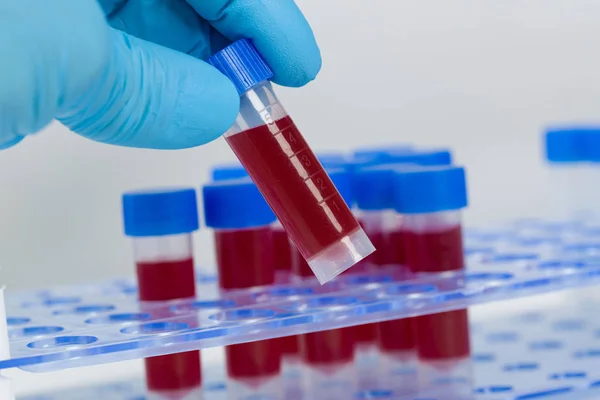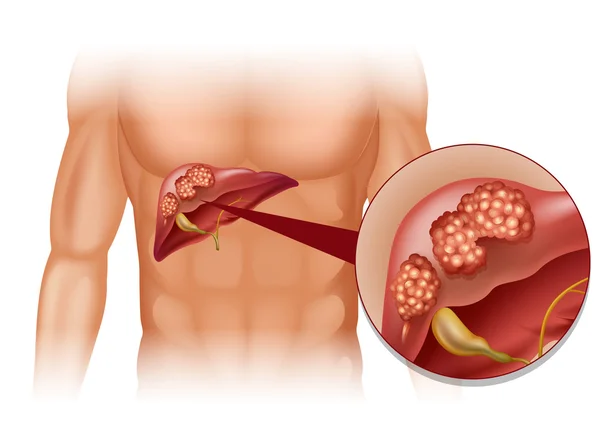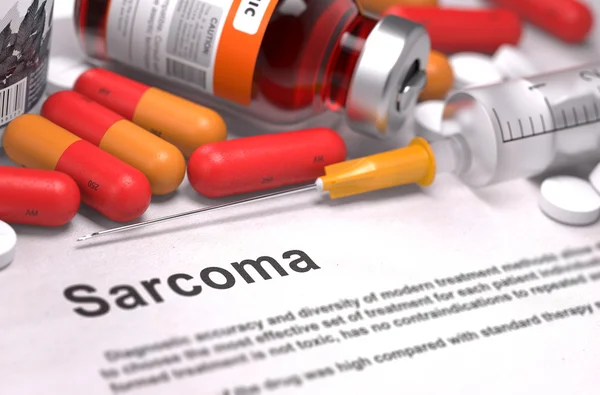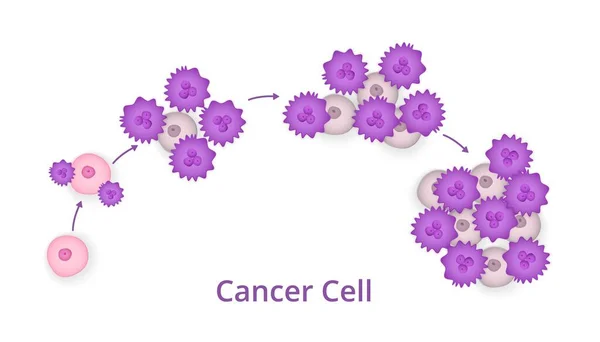
The treatment of cancer is multifaceted and depends on several factors including the type of cancer, its stage, and its location, as well as the overall health of the patient. Treatment aims not only to eradicate cancer but also to minimize side effects and maintain quality of life. There are several primary strategies for treating cancer, often used in combination for the best outcomes. Here’s an overview:
1. Surgery
For many solid tumors, surgery is the earliest form of treatment. The goal is to remove the cancerous cells from the body along with a margin of surrounding healthy tissue, when necessary, to ensure all cancer cells have been eradicated. Depending on the tumor’s location, surgery can be curative or palliative (to alleviate symptoms).
2. Radiation Therapy
Radiation applies high-energy particles or waves, such as X-rays or gamma rays, to destroy or damage cancer cells. It can be delivered externally or internally (brachytherapy). Radiation therapy can be used before surgery to shrink a tumor, after surgery to target residual cancer cells, or as a standalone treatment.
3. Chemotherapy
Chemotherapy uses powerful chemicals (medication) to kill fast-growing cells in the body, especially cancer cells. It can be administered orally, intravenously, or through other routes. Chemotherapy is systemic treatment, meaning it affects the entire body by circulating through the bloodstream. It’s often used in combination with surgery or radiation to treat cancer that has spread or to reduce the risk of recurrence.
4. Immunotherapy
Immunotherapy helps your immune system better detect and fight cancer cells. It includes treatments that work in different ways. Some help the immune system slow down or stop cancer from spreading. Others make it easier for the immune system to destroy cancer cells. Types of immunotherapy include checkpoint inhibitors, CAR T-cell therapy, and cancer vaccines.
5. Targeted Therapy
Targeted therapy aims at specific genes or proteins that contribute to cancer growth and survival. This form of therapy can more precisely identify and attack cancer cells, often while doing less damage to normal cells. It’s increasingly used for cancers whose genetic profiles make them susceptible to targeted agents.
6. Hormone Therapy
Some cancers are driven by the body’s natural hormones. Hormone therapy is used to treat cancers like breast and prostate cancer by adding, blocking, or removing hormones from the body to slow or stop the growth of cancer cells.
7. Stem Cell (Bone Marrow) Transplant
This treatment is often used for cancers affecting the blood, like leukemia, myeloma, and lymphoma. It involves transplanting healthy bone marrow cells into a patient after their own unhealthy bone marrow has been treated to kill the cancer cells.
8. Precision Medicine
Precision medicine, or personalized medicine, is a newer, growing area of cancer treatment. It involves using genetic information about the patient’s cancer to choose treatments that will be the most effective for them.
Treatment Combination and Planning
Most cancer treatments involve a combination of the above methods. The treatment plan is tailored to the individual, taking into account the type of cancer, its stage, and the patient’s overall health and personal preferences. Treatment plans are often discussed and approved by a multidisciplinary team of doctors who specialize in different areas of cancer treatment.
Supportive Care
In addition to treatments aimed at curing or controlling cancer, supportive care (also known as palliative care) is vital for managing symptoms and side effects. It focuses on improving the quality of life for patients and their families and can be integrated at any stage of treatment.
Cancer Related Fatigue Treatment
Cancer-related fatigue (CRF) is a common and often debilitating symptom experienced by cancer patients, significantly impacting their quality of life. It can result from the cancer itself, its treatment, or other contributing factors like anemia. Managing this type of fatigue requires a comprehensive approach that includes lifestyle modifications, medical treatments, and supportive therapies. One notable medical treatment in cases where fatigue is linked to anemia involves the use of erythropoiesis-stimulating agents (ESAs) like Erythropoietin (EPO).
Lifestyle Modifications and Supportive Therapies
- Exercise: A personalized exercise program can significantly reduce fatigue. Regular, moderate physical activity, such as walking or gentle yoga, has been shown to improve energy levels.
- Nutrition: Eating a balanced diet can help combat fatigue. Some patients find small, frequent meals more manageable. Staying hydrated is also crucial.
- Sleep Hygiene: Establishing a regular sleep schedule and creating a restful environment can improve sleep quality and, by extension, reduce fatigue.
- Stress Management: Techniques such as meditation, deep breathing exercises, and counseling can help manage stress levels, potentially alleviating fatigue.
- Energy Conservation: Learning to pace activities and prioritize tasks can help patients conserve their energy levels and ensure they are focusing their efforts on what is most important to them.
Medical Treatments
- Management of Anemia: Since anemia (a low red blood cell count) can be a major cause of fatigue in cancer patients, it’s often targeted in treatment plans. This is where Erythropoietin (EPO) comes into play.
- Erythropoietin (EPO): EPO is a naturally occurring hormone, produced by the kidneys, that stimulates the production of red blood cells. In cases of anemia related to cancer or its treatment (especially in conditions like chemotherapy-induced anemia), synthetic versions of EPO can be administered to stimulate red blood cell production, potentially alleviating the fatigue tied to anemia. This treatment, however, is used under strict conditions due to potential risks, including the possibility of increasing tumor growth or cardiovascular events. Therefore, clinicians carefully assess the benefits and risks before initiating EPO therapy.
- Brand Names: EPO is available under various brand names, including Epoetin alfa (Epogen, Procrit) and Darbepoetin alfa (Aranesp).
- Other Medical Treatments like Encer: Depending on the underlying causes, treatments may also involve correcting nutritional deficiencies (such as iron, vitamin B12, or folate), managing pain or depression, or adjusting cancer therapies if they are contributing to fatigue.
Conclusion
The landscape of cancer treatment is continuously evolving, with advancements in technology, genetics, and immunology contributing to more personalized and effective strategies. The approach to treating cancer is highly individualized, as oncologists consider a broad spectrum of factors to devise the most suitable treatment plans for their patients. Continuous research and clinical trials are paving the way for novel therapies and improvements in the care and treatment of cancer patients worldwide.




